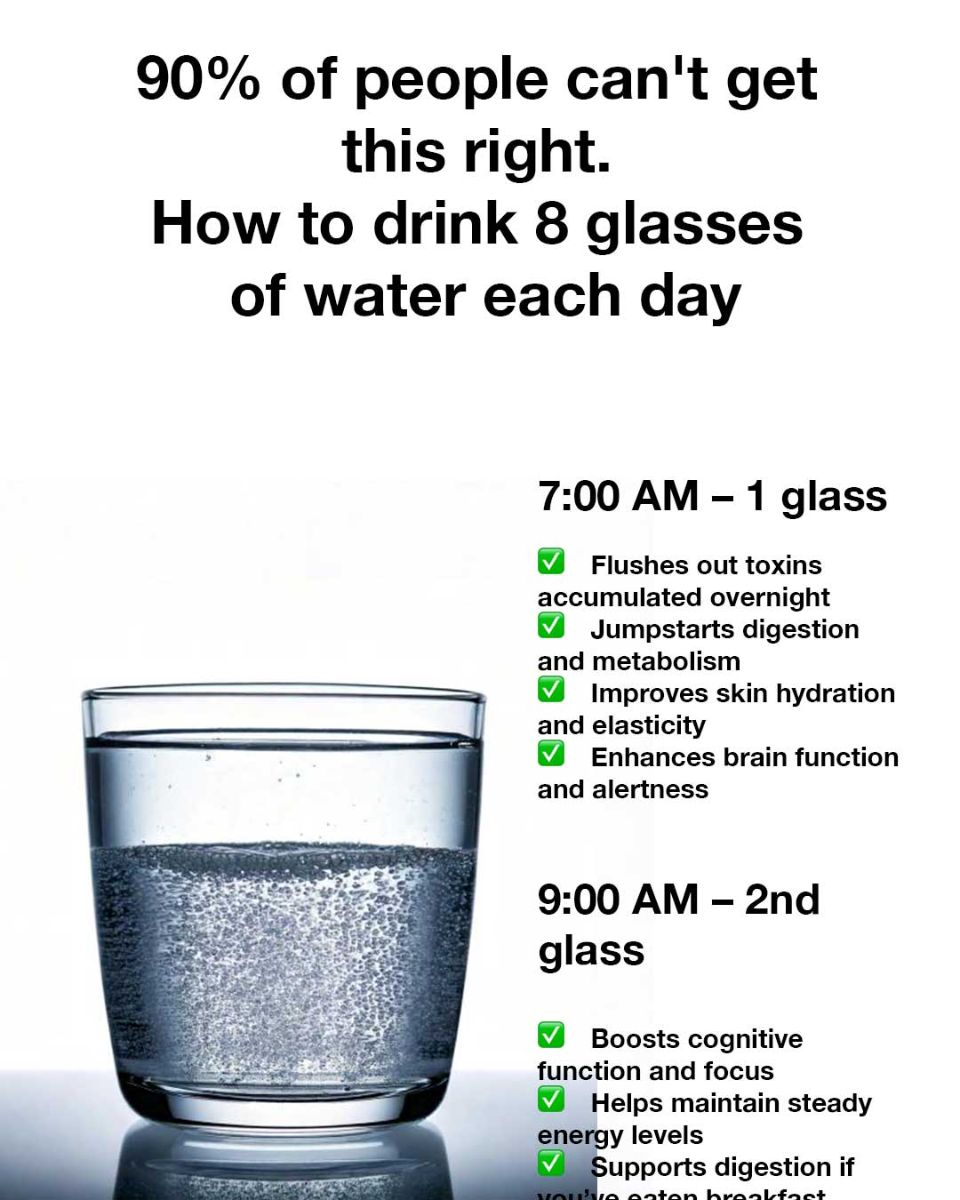A simple way to check hydration is by observing urine color. Pale yellow means you’re well-hydrated, while dark yellow or amber indicates dehydration.
Step 8: Adjust for Exercise and Weather
When working out, increase water intake to compensate for sweat loss. Electrolyte-rich drinks or coconut water can help replenish lost minerals.
Step 9: Replace Sugary Drinks with Water
Soda, energy drinks, and coffee can contribute to dehydration due to their diuretic effects. Try swapping one sugary drink per day with a glass of water.
Step 10: Create a Nighttime Hydration Habit
Before bed, drink a small amount of water to stay hydrated overnight without disrupting sleep with frequent bathroom trips.
Conclusion
Hydration is a fundamental pillar of health that is often neglected. By incorporating small, mindful changes into your daily routine, you can ensure proper hydration and enjoy its numerous benefits. Following these steps—setting reminders, eating water-rich foods, and tracking intake—can help build a sustainable hydration habit.
Start prioritizing your hydration today, and your body will thank you with increased energy, better focus, and improved overall well-being.

